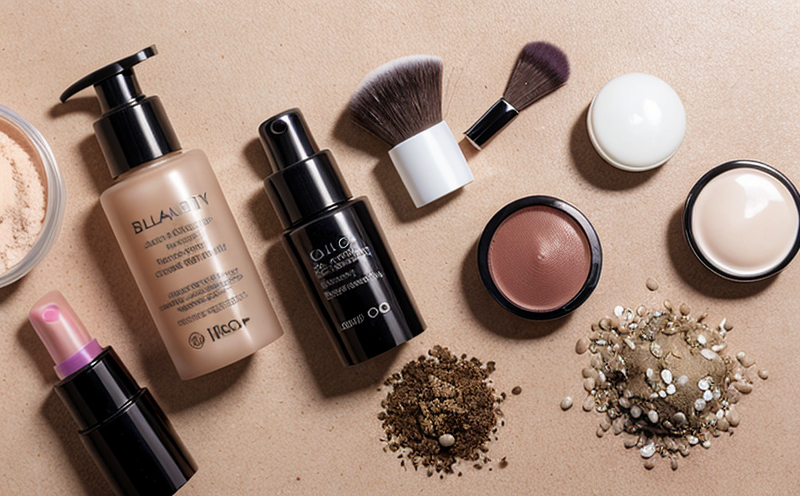Bioassay Testing of Cosmetic Surfactants in Aquatic Systems
The bioassay testing of cosmetic surfactants in aquatic systems is a critical component of ensuring the environmental safety and sustainability of personal care products. This service focuses on evaluating the biodegradability, toxicity, and overall impact of surfactants used in cosmetics on aquatic ecosystems.
Surfactants play a pivotal role in many cosmetic formulations, including cleansing agents, emulsifiers, and foaming agents. However, their presence in wastewater can have significant implications for water quality and the health of aquatic life. Bioassay testing provides an accurate assessment of these potential impacts by simulating real-world conditions in controlled laboratory settings.
The test typically involves exposing aquatic organisms to dilutions of cosmetic formulations containing surfactants over a specific period, usually 21 days for OECD guidelines. The primary focus is on measuring the effects on survival rates, growth rates, and reproduction capabilities of these organisms. This testing ensures that products meet stringent environmental standards set by regulatory bodies such as ISO, ASTM, and EPA.
Our service employs advanced biodegradation assays using standardized methods like the Activated Sludge Test (ASTM D5327) or the Modified Respirometric Biodegradability Assay (ISO 16005). These tests are designed to mimic natural conditions, providing reliable data on how surfactants decompose under aerobic and anaerobic environments. This information is crucial for formulators looking to reduce their environmental footprint.
In addition to biodegradation testing, we also conduct toxicity assessments using acute and chronic exposure scenarios. These tests help identify any potential adverse effects of surfactant residues on aquatic organisms at various stages of development. By understanding these interactions, cosmetic companies can make informed decisions about ingredient selection and formulation adjustments.
| Industry Applications |
|---|
|
Why It Matters
The importance of bioassay testing cannot be overstated in the context of environmental impact and biodegradability. As consumer awareness regarding sustainable practices grows, so does the demand for eco-friendly cosmetics. Regulatory agencies worldwide are implementing stricter guidelines to ensure that cosmetic products do not contribute significantly to water pollution.
By conducting comprehensive bioassay testing, manufacturers can demonstrate their commitment to environmental responsibility and sustainability. This transparency builds trust with consumers who prioritize green purchasing decisions. Moreover, it helps businesses stay compliant with increasingly stringent legislation, avoiding costly fines or product recalls.
The results of these tests are not just beneficial for individual companies; they contribute positively to the overall health of our planet’s water resources. Cleaner waters lead to healthier aquatic ecosystems, which support biodiversity and ecosystem services essential for all life forms on Earth. Through responsible innovation and rigorous testing, we can collectively work towards preserving our natural environment.
Industry Applications
- Evaluating the biodegradability of surfactants in various cosmetic products.
- Determining the impact of specific surfactants on aquatic organisms during different stages of their lifecycle.
- Assessing the toxicity levels of surfactants at varying concentrations within formulations.
Environmental and Sustainability Contributions
The bioassay testing service plays a vital role in promoting environmental sustainability by providing valuable insights into the effects of cosmetic ingredients on aquatic ecosystems. By identifying potentially harmful compounds early in development, companies can reformulate products to minimize adverse impacts.
This proactive approach not only enhances the reputation of individual brands but also contributes to broader industry standards for responsible manufacturing practices. As more consumers seek out green alternatives, these efforts help drive demand towards greener consumer choices.
Moreover, compliance with international regulations such as ISO 16005 ensures that companies remain up-to-date on global best practices, fostering innovation and competitiveness within the sector. Ultimately, this commitment to sustainability benefits both consumers seeking safer products and the environment itself.





